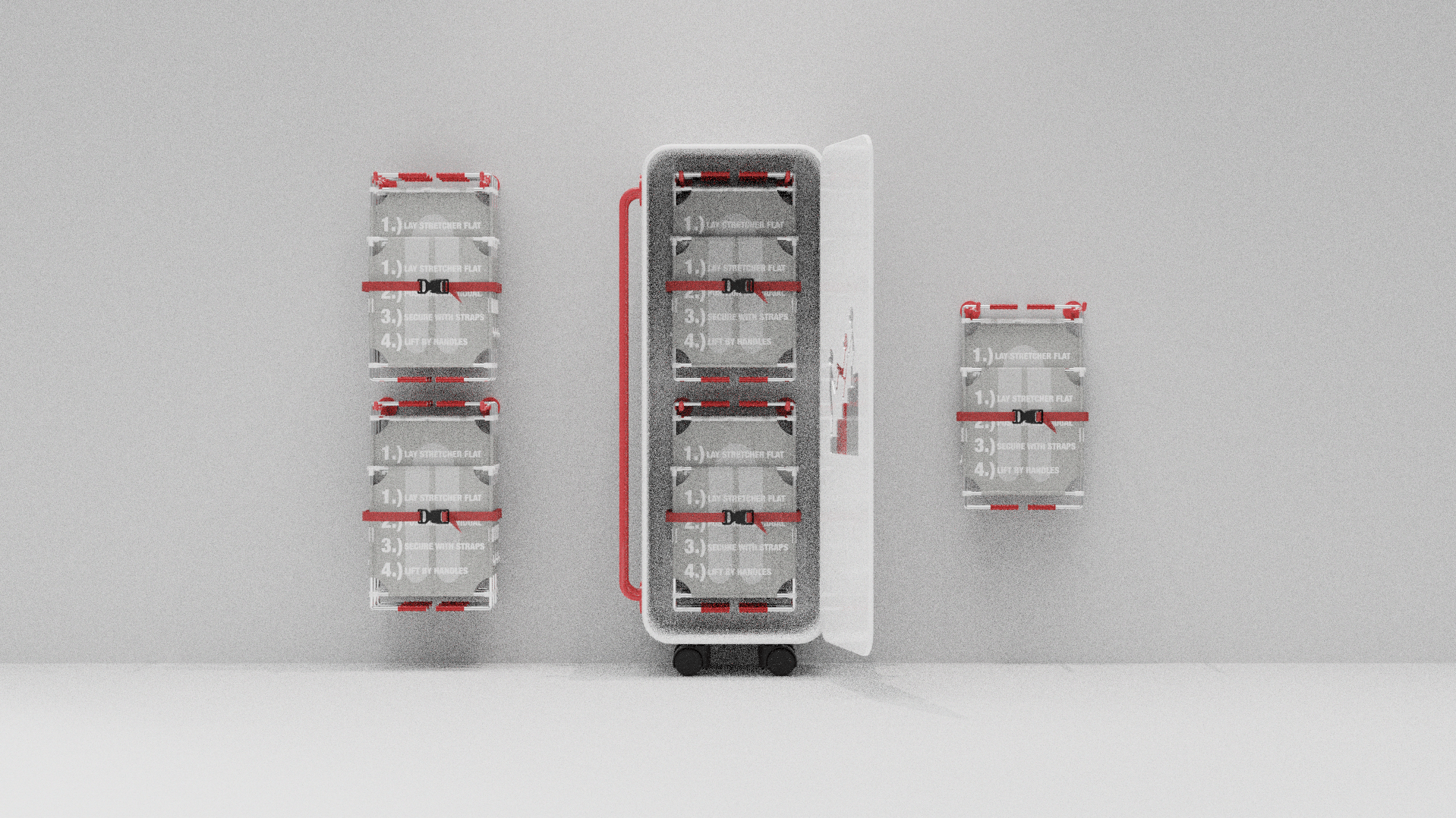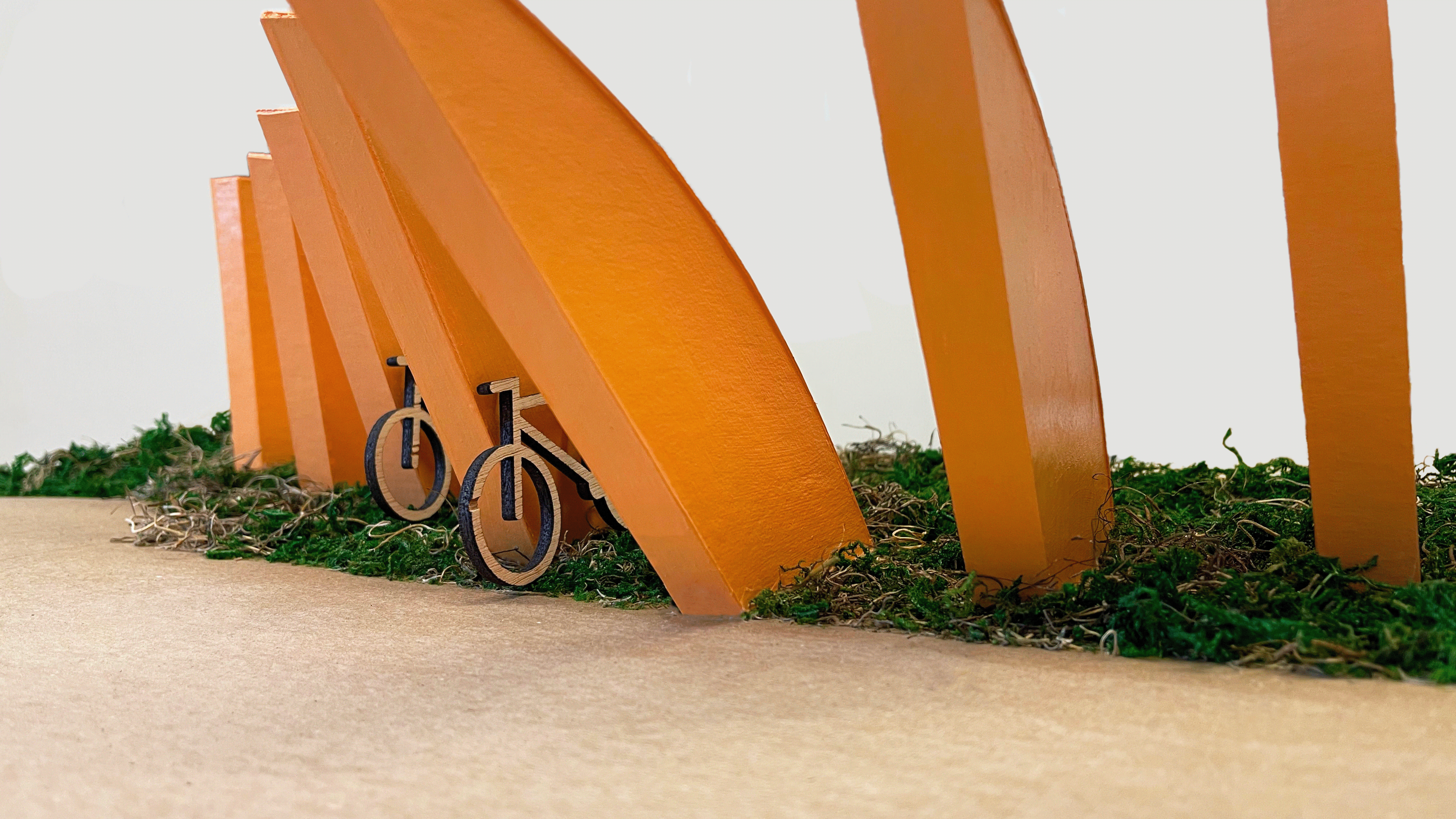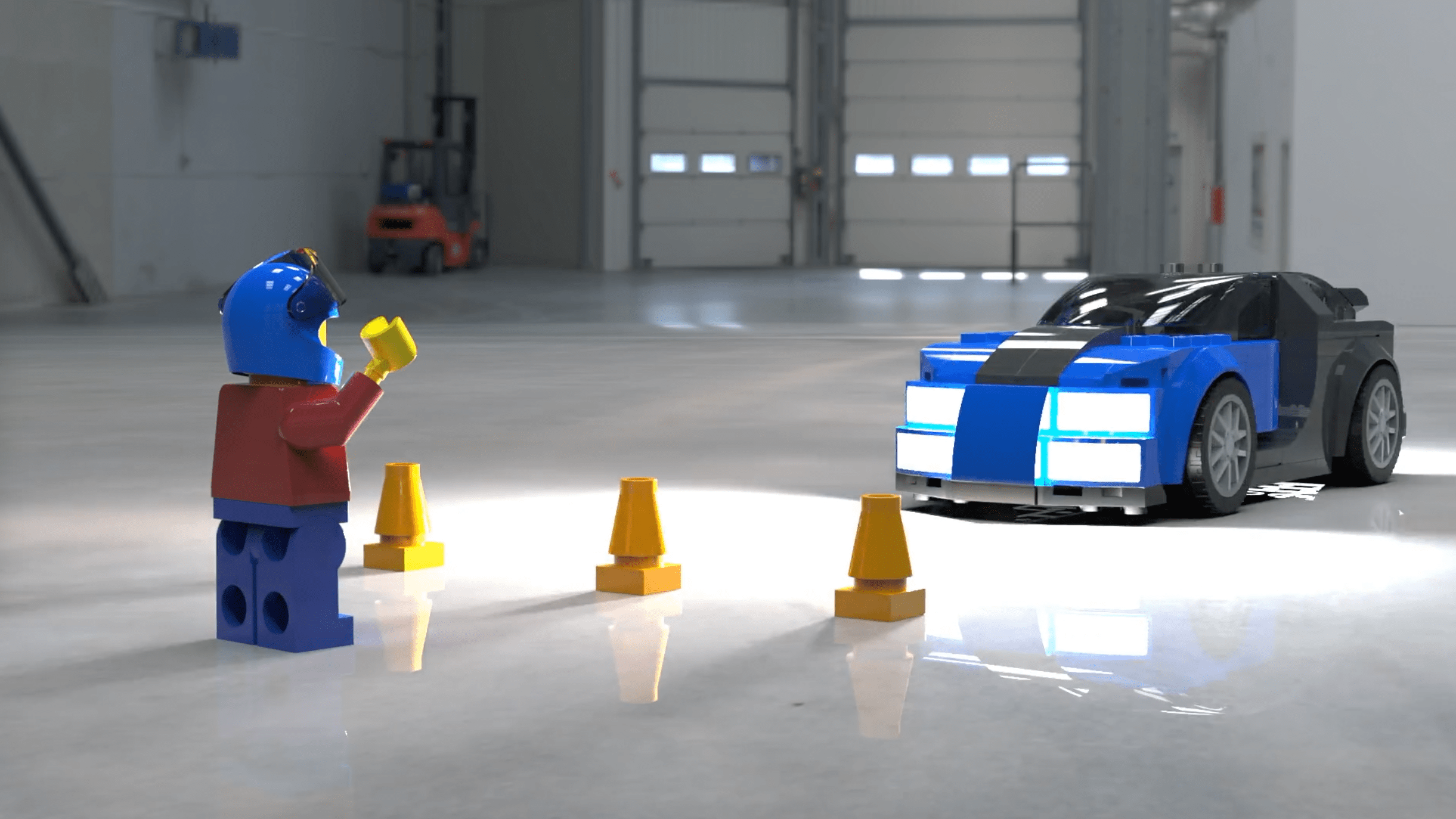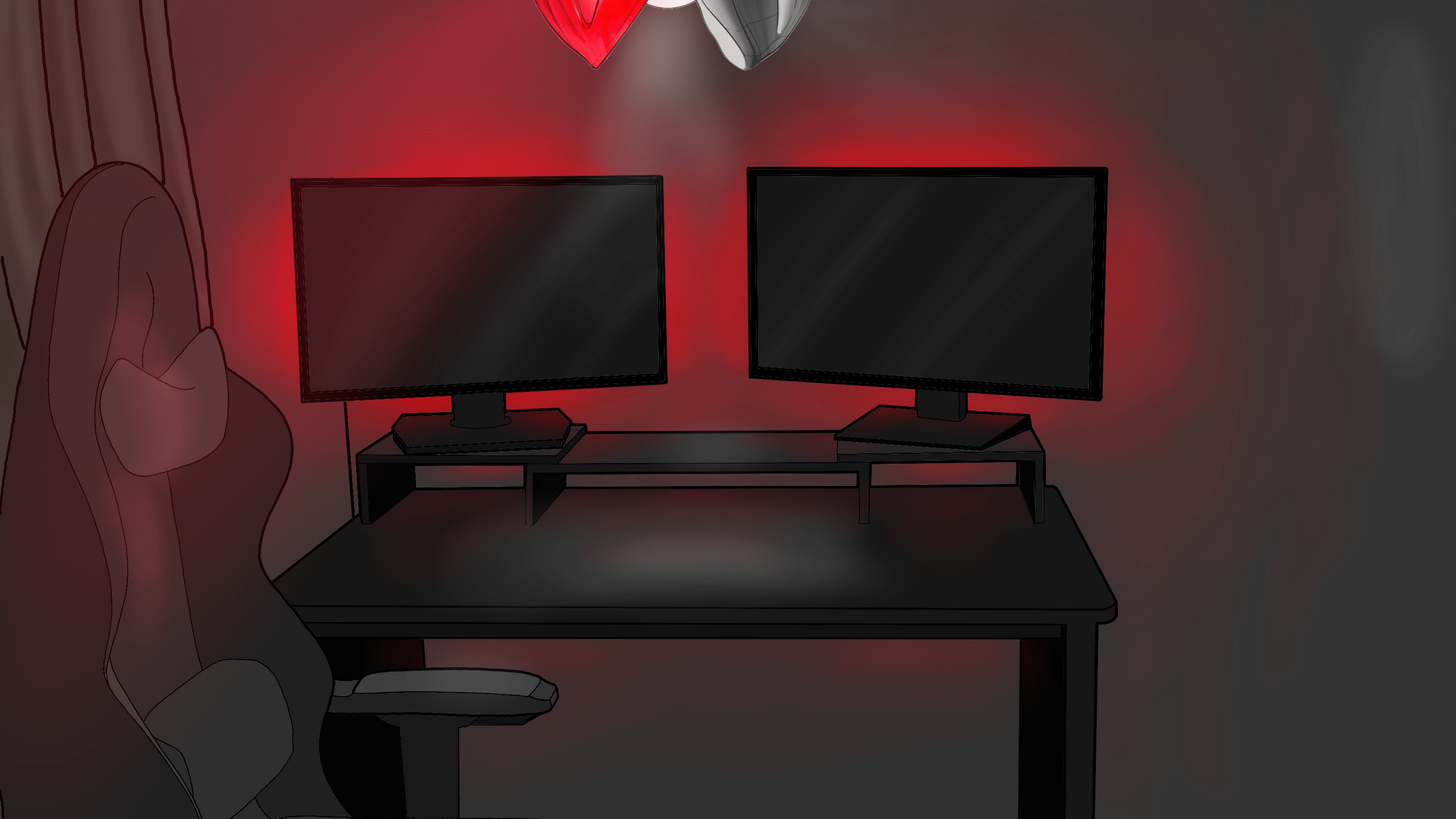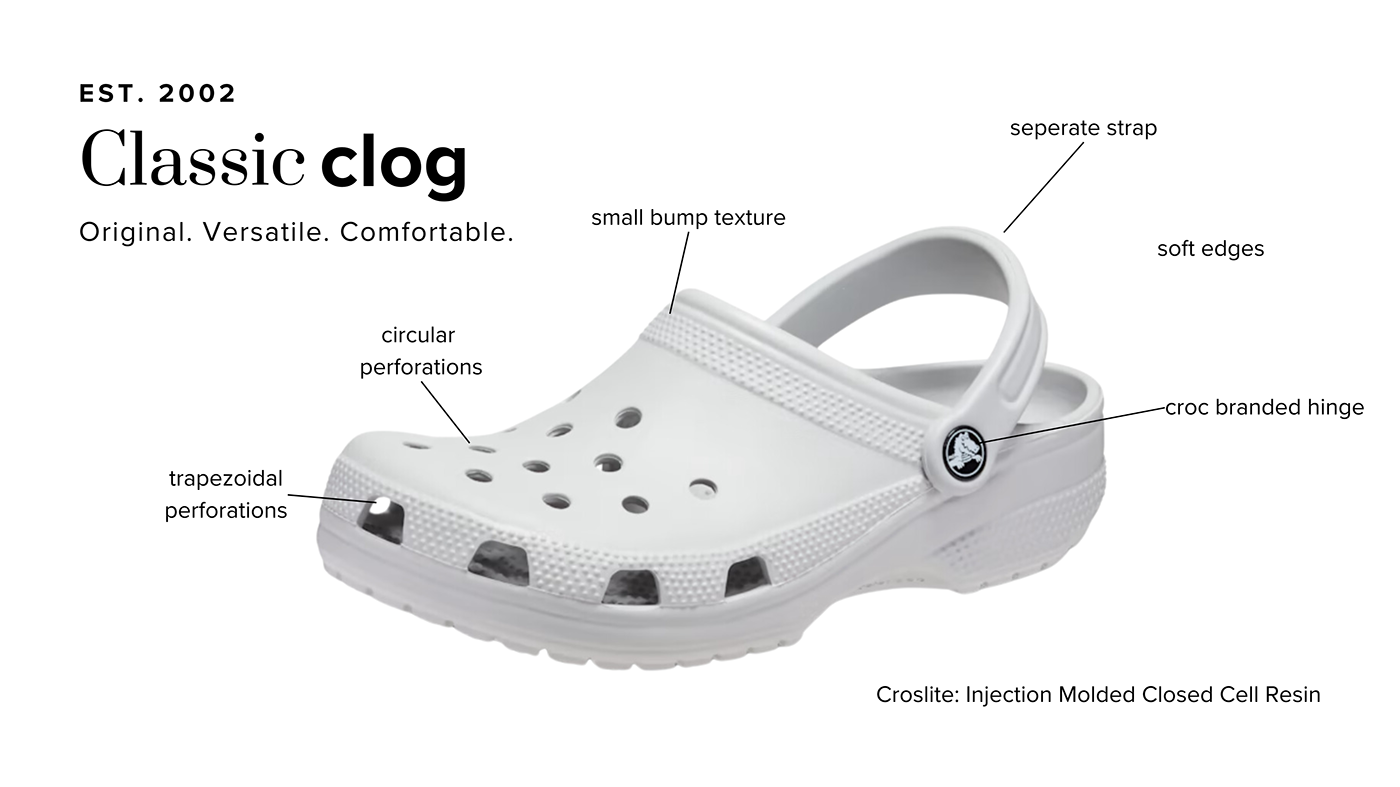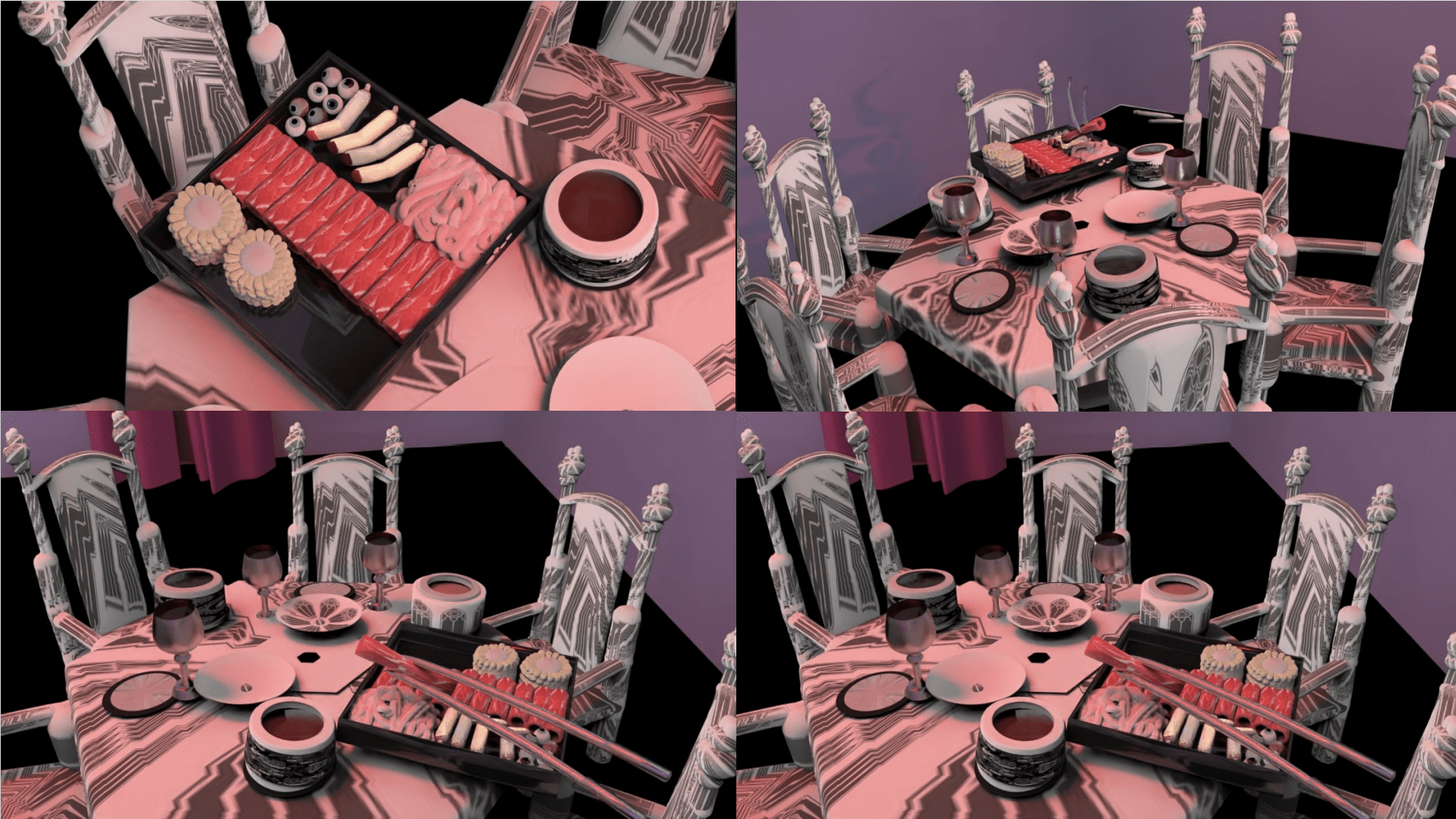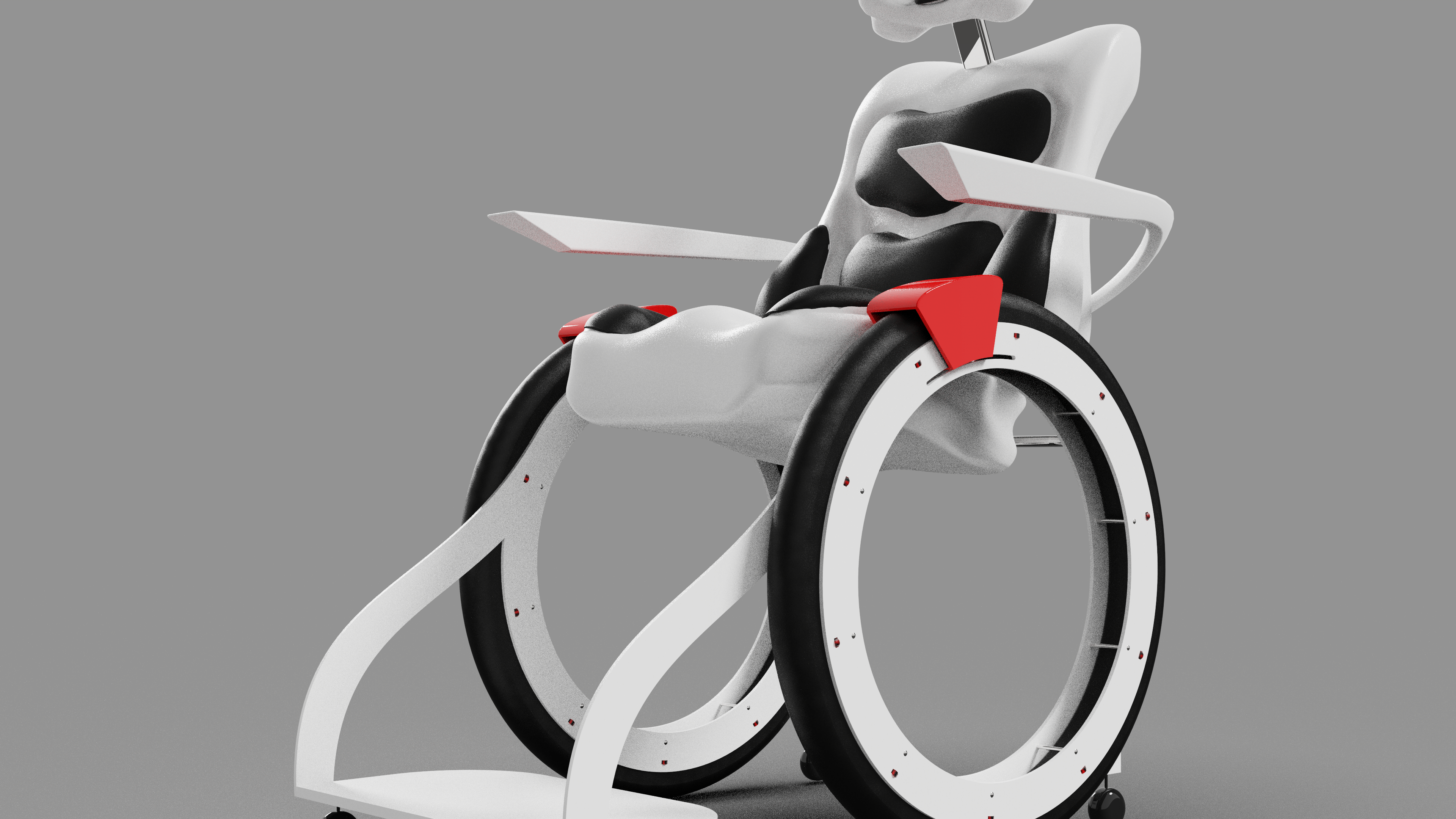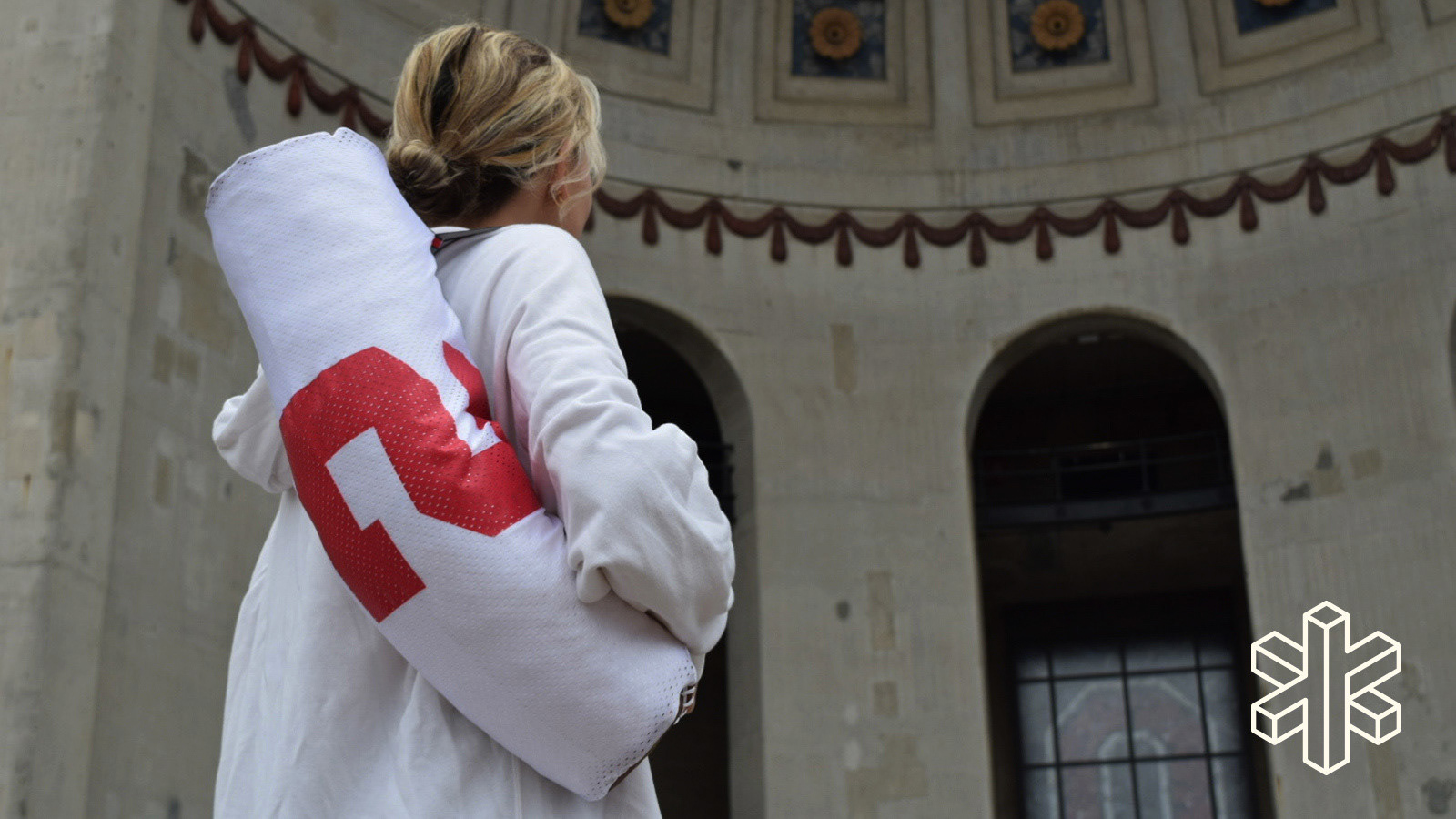On Your Mark
A manually activated stoplight concept introduced to inspire a sense of playfulness within the community.
Objective: Design and build a playful urban installation in a strategic
location in Weinland Park, a historic neighborhood located north of downtown Columbus, Ohio. The product should aim at fostering quality of life and the social connectedness of the community by providing playful experience. This project was completed over the course of three weeks with my two partners Hattie Carr and Jason Dionisio
location in Weinland Park, a historic neighborhood located north of downtown Columbus, Ohio. The product should aim at fostering quality of life and the social connectedness of the community by providing playful experience. This project was completed over the course of three weeks with my two partners Hattie Carr and Jason Dionisio
Place centered analysis: The alleyway just adjacent to Weinland Park Elementary School is a popular route taken by students on their way to and from school. While the space is occasionally occupied by this group of individuals, it is otherwise overlooked and does not capitalize upon the nearby neighborhood attractions, such as the 4th Street Farms community garden and Huckleberry House-- a teen shelter which provides counseling services, temporary living, and other outreach programs for struggling young people and families. Our design aims to draw additional traffic to this area by inspiring "play."
Public perception of safety is varied between different demographics, however, the general consensus of data suggests that many different areas surrounding Weinland Park Elementary School are viewed as unsafe by locals.
*Data pulled from a 2016 survey conducted by Kip Holley, Matthew Martin, and Stephen A. Sterrett. For more information regarding these results, visit https://case.edu/socialwork/nimc/sites/case.edu.nimc/files/2020-04/Holley%20Martin%20Sterrett%20WWV%20Weinland%20Park.pdf
Button/Activator Ideation:





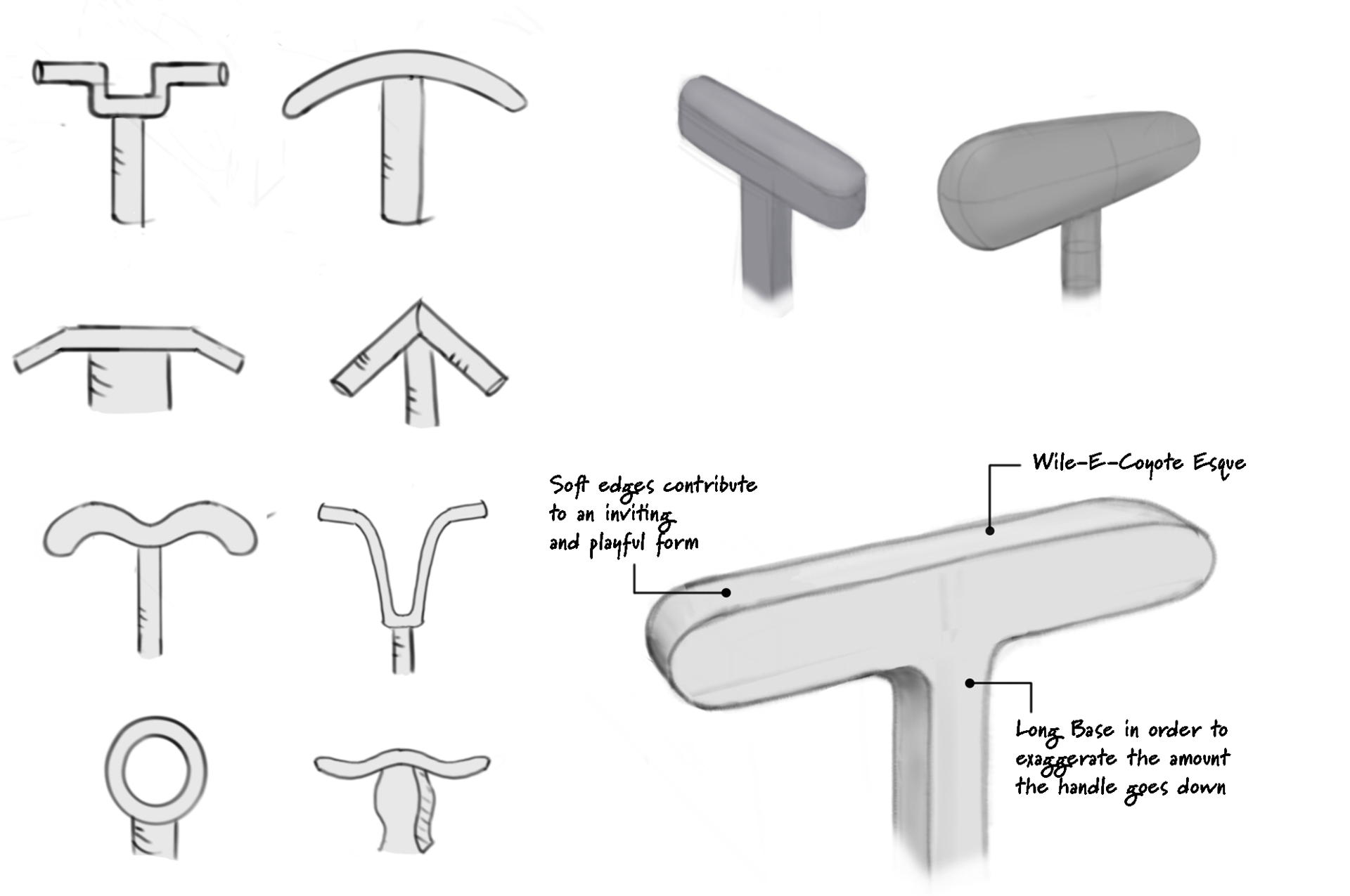

Stoplight Form Ideation:

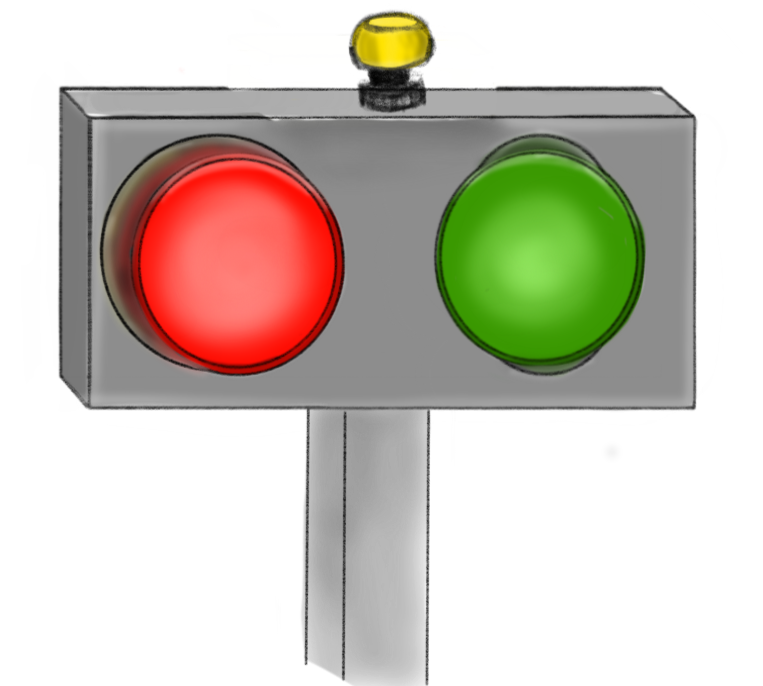
Building a functional prototype:
Step 1: Construct base



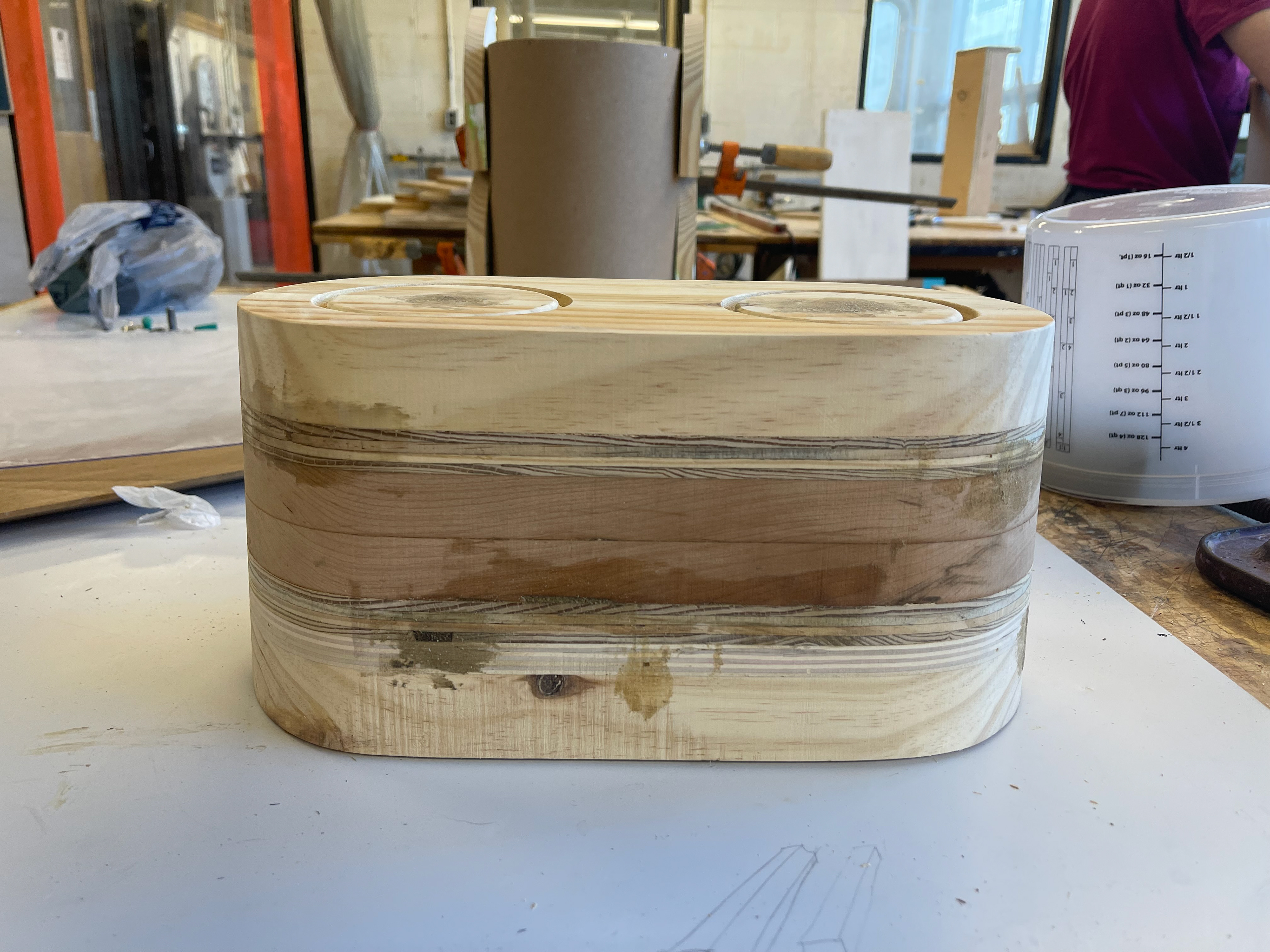
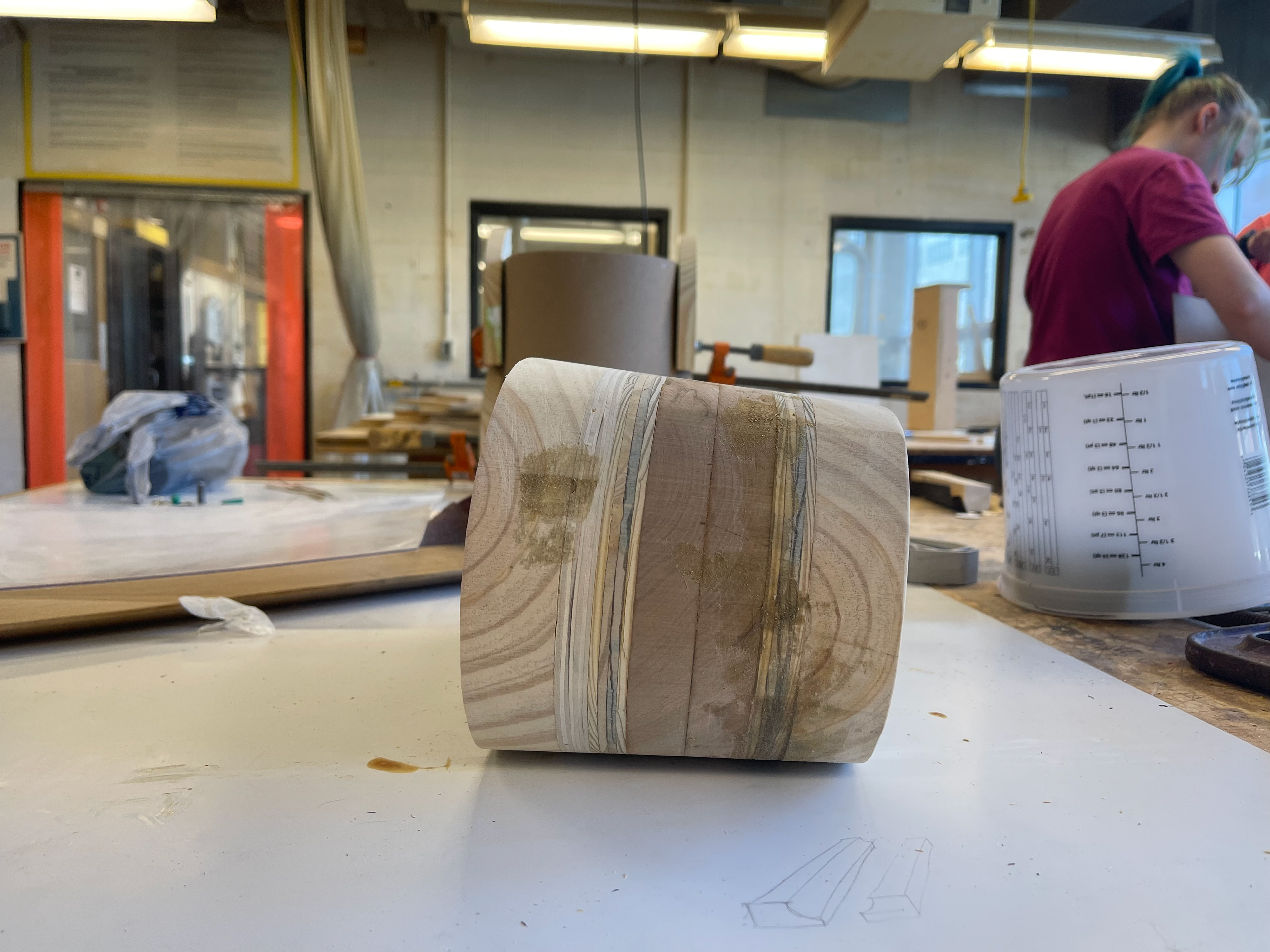



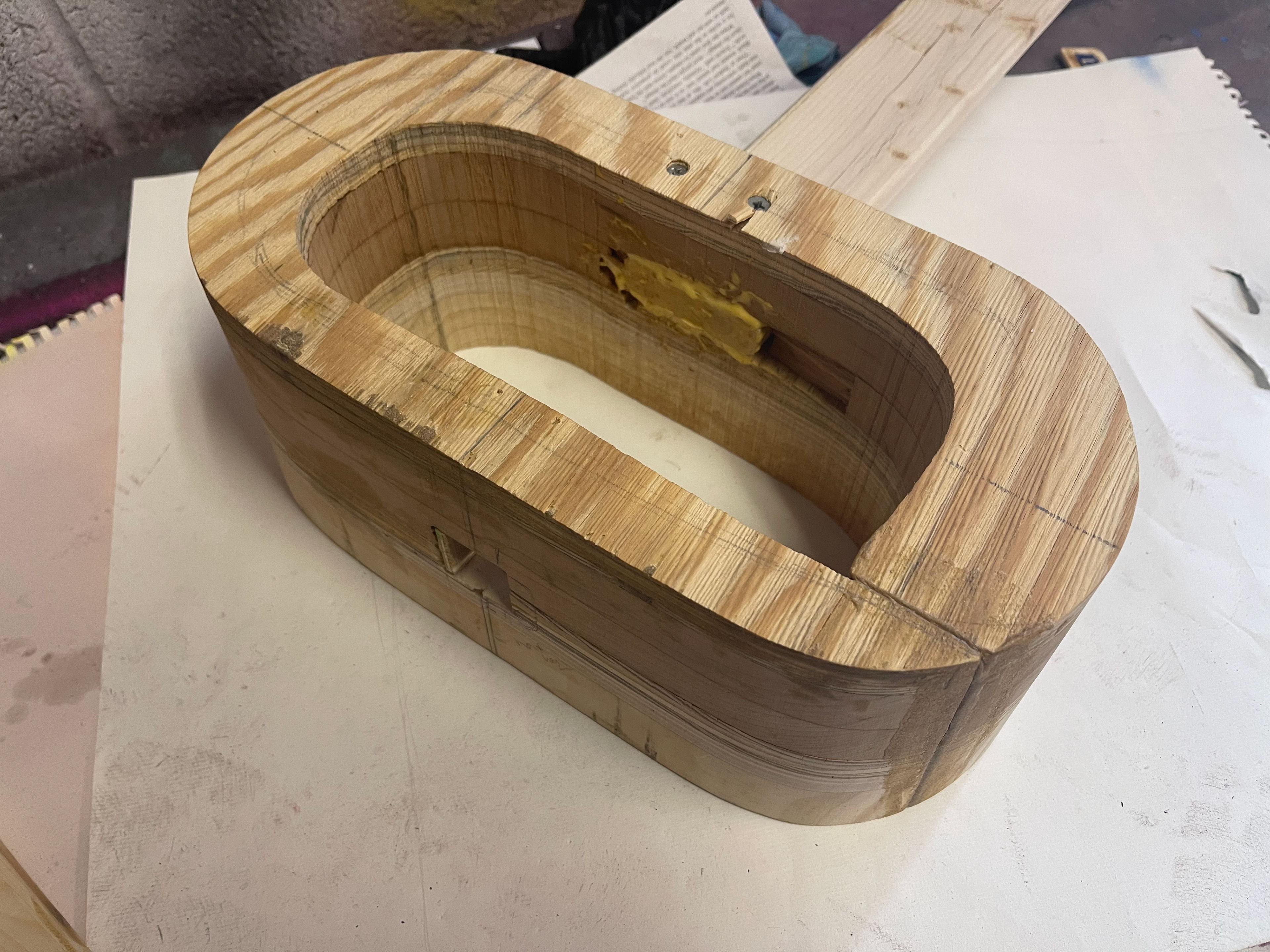

Step 2: Vacuum Form
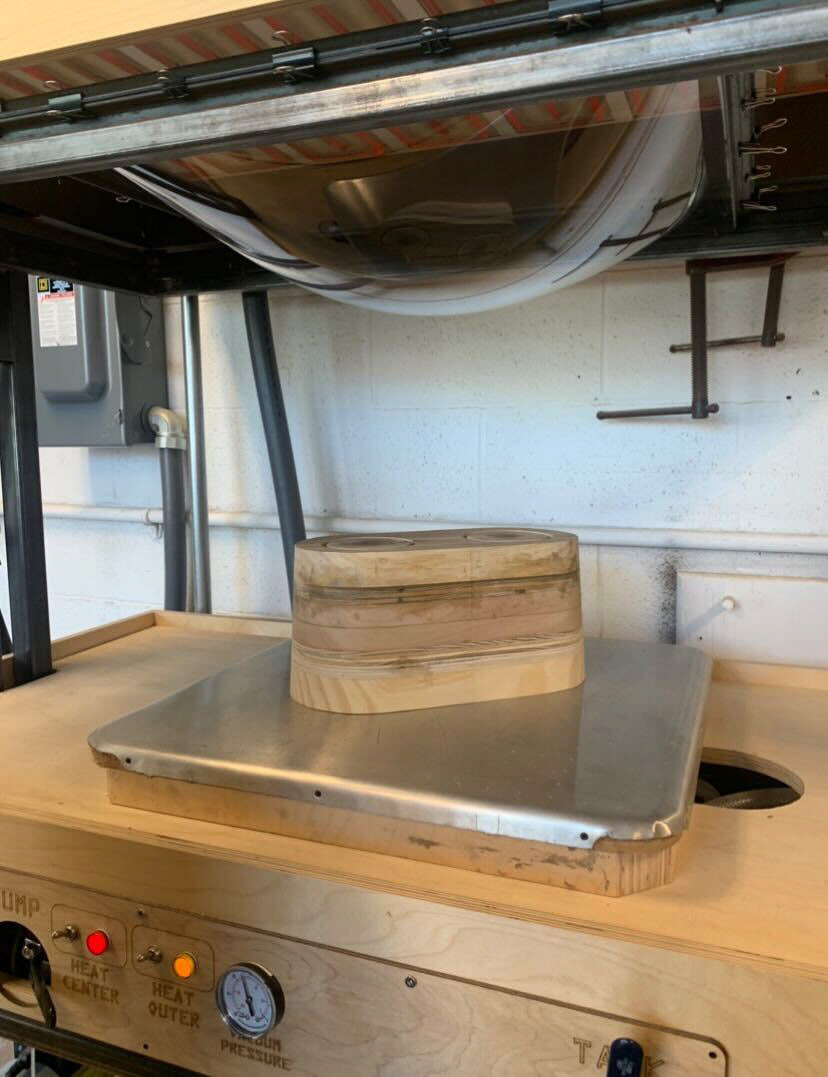

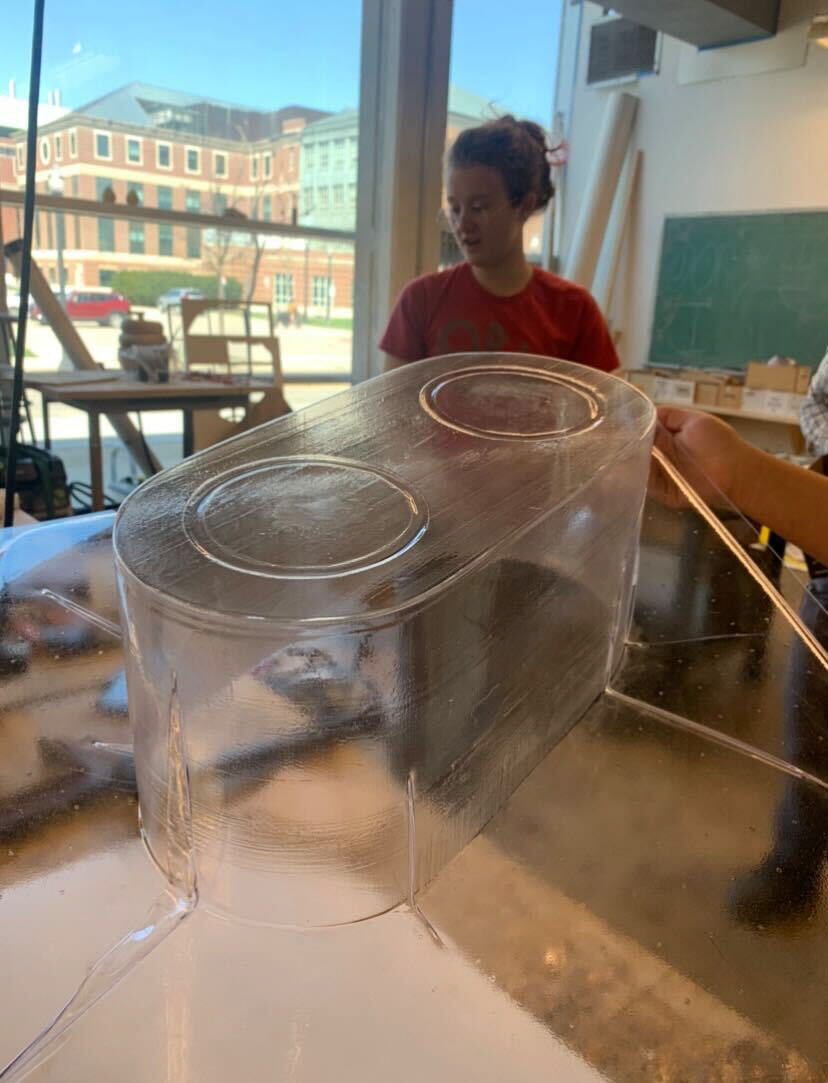



Step 3: Handle Assembly

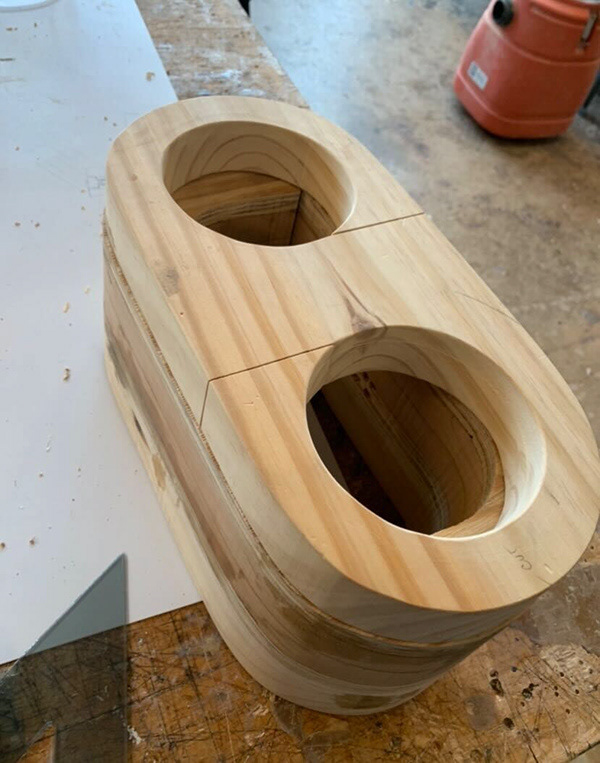
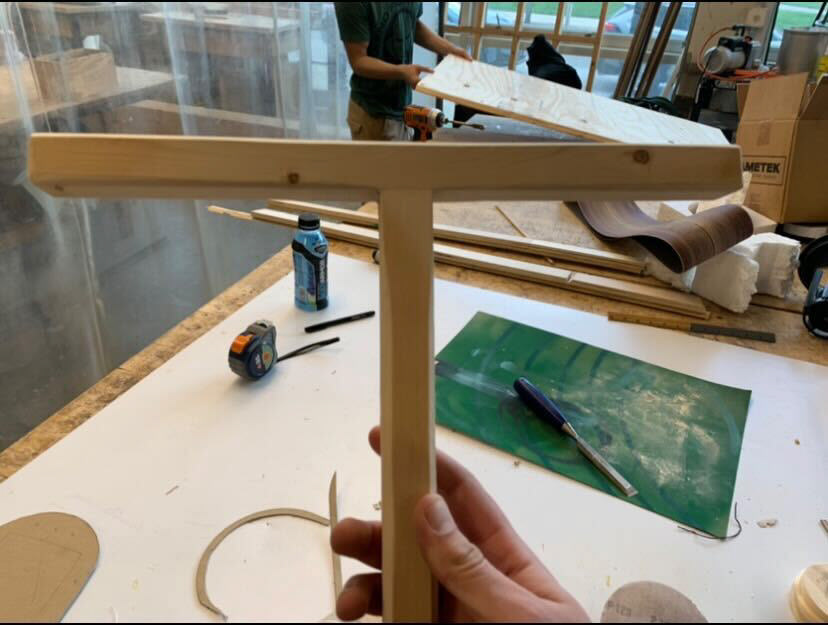

Step 4: Spray Paint
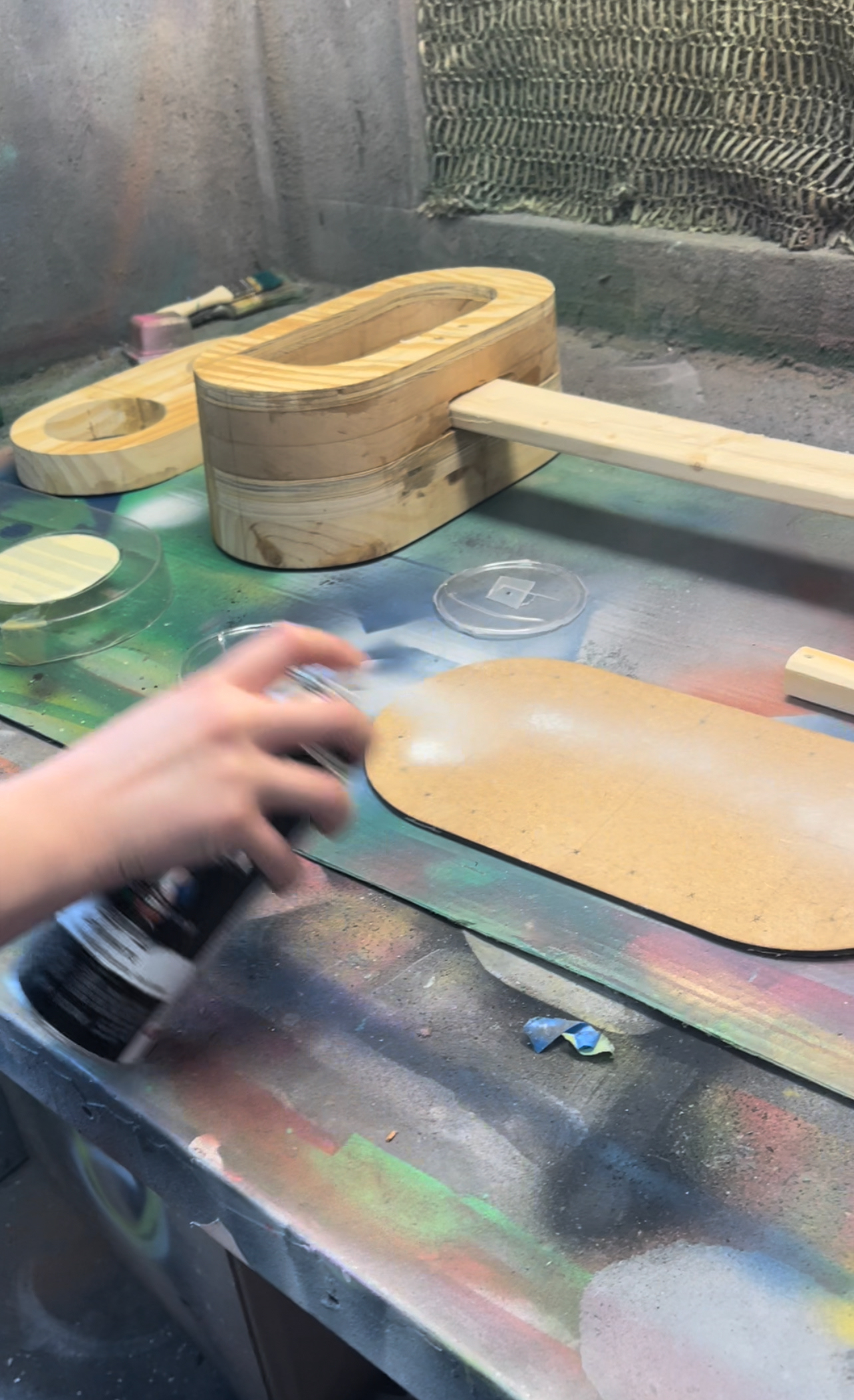
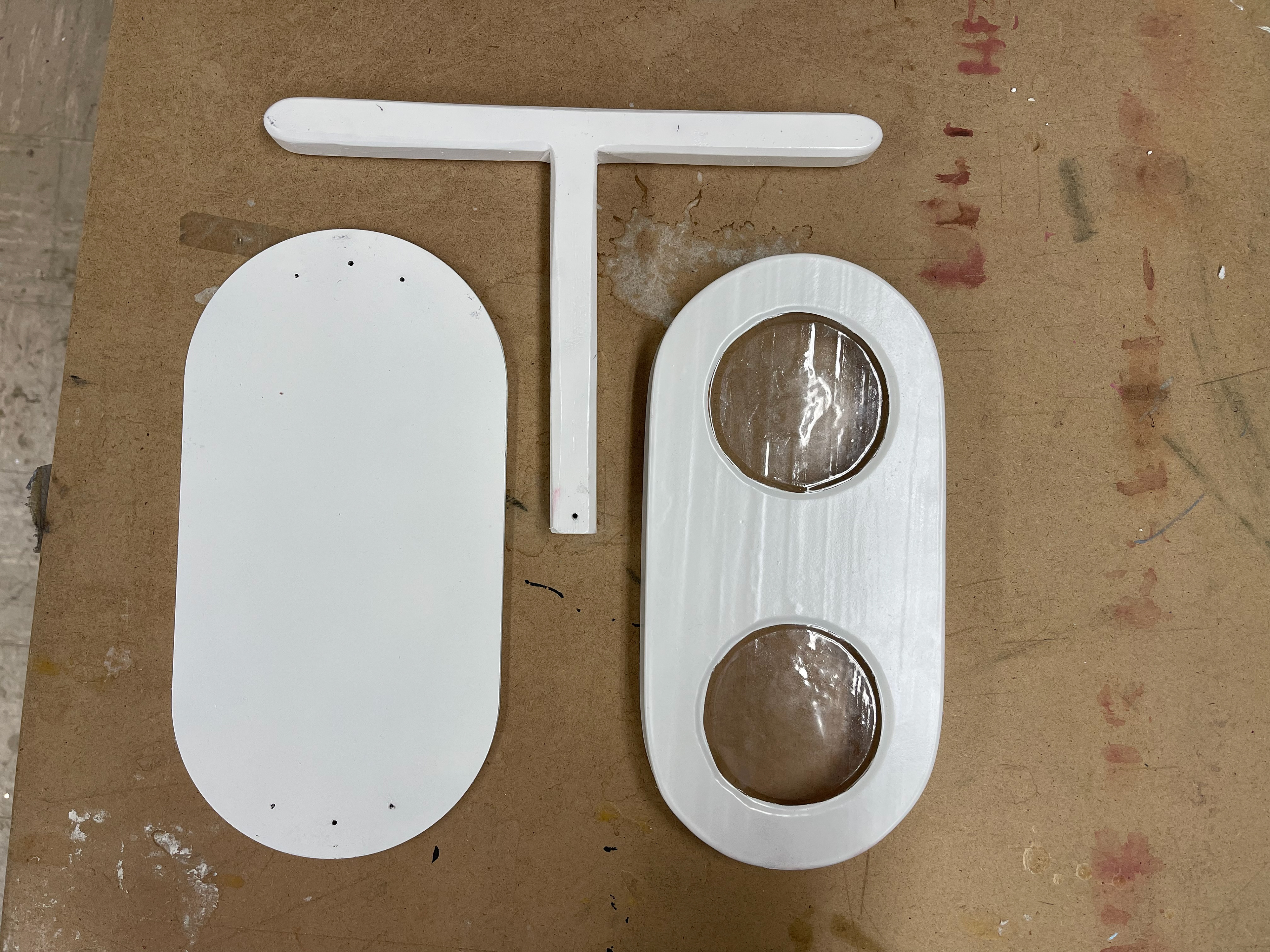

Step 5: Arduino Programming



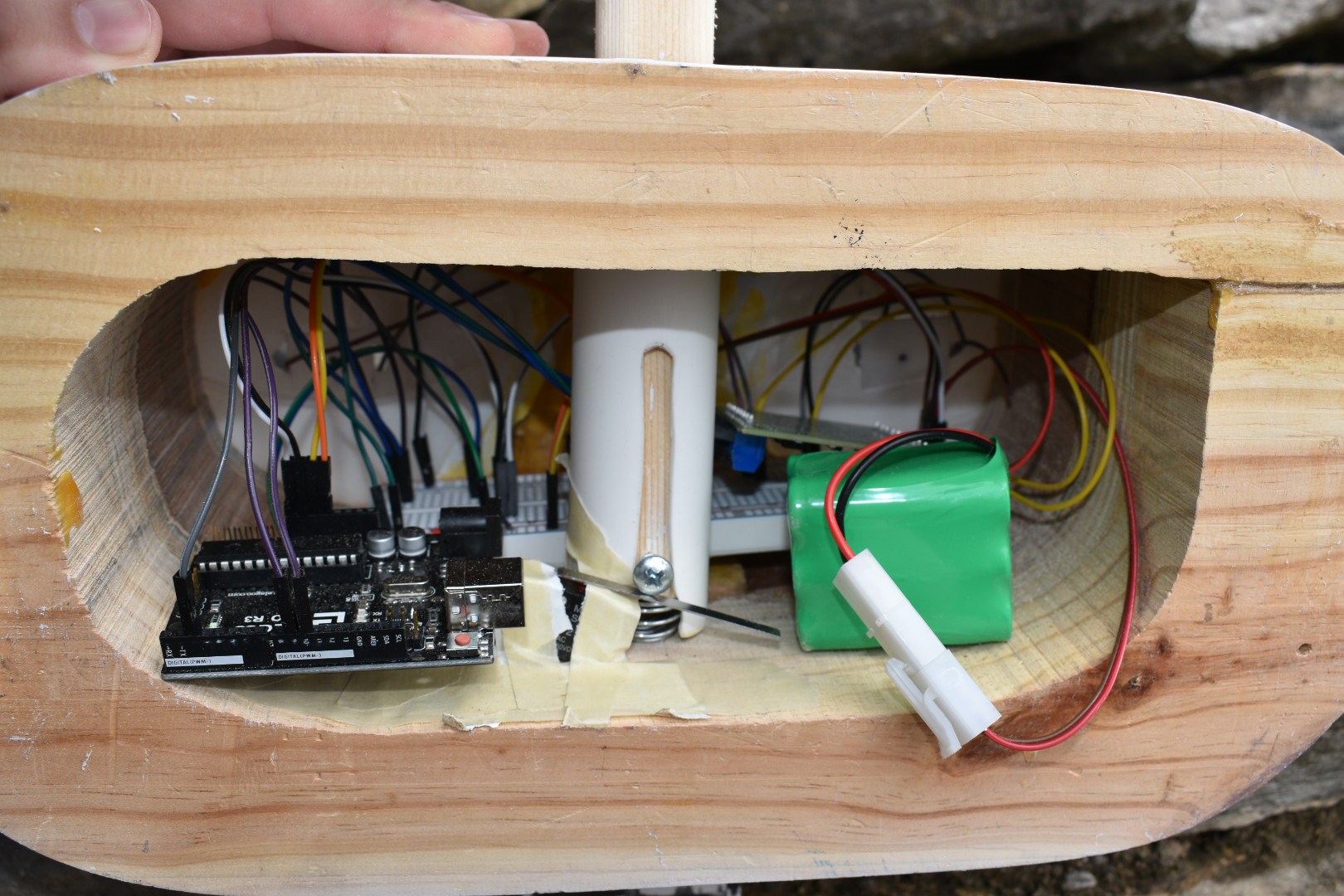
Step 6: Final Assembly
